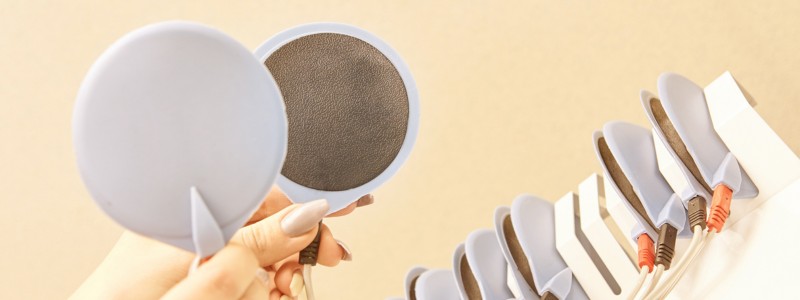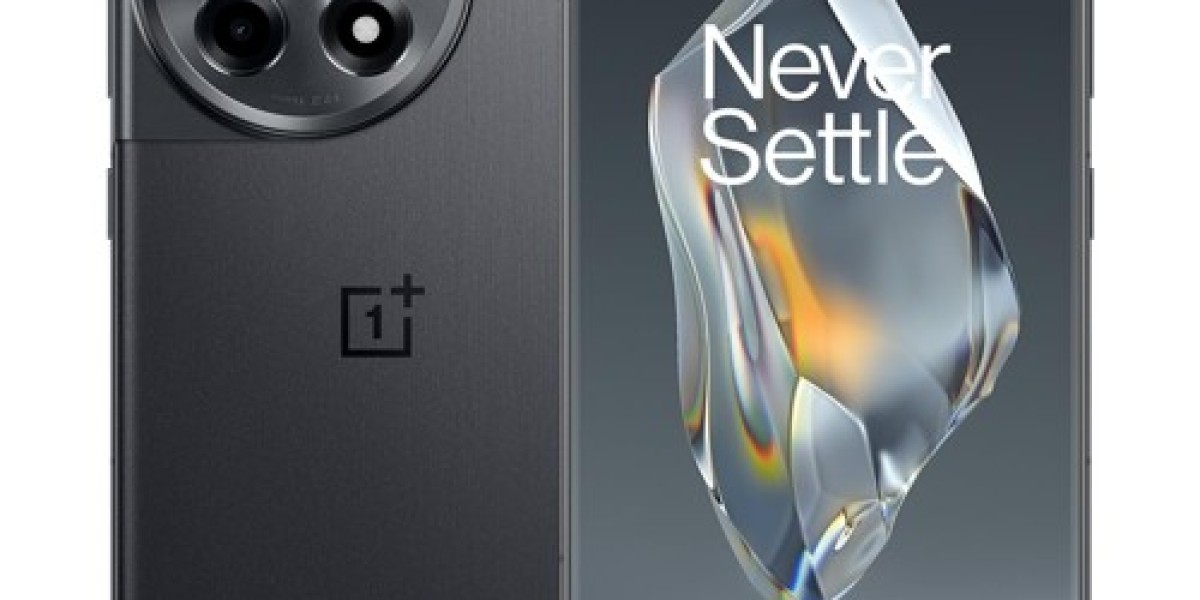Patients are more likely to confuse this condition with a migraine or any type of headache. We at Migraine Surgery Speciality Centre understand surgical scarring and help you treat it with care. Consultation with a neurosurgeon is a must to cure this chronic pain.
Occipital neuralgia is a medical condition involving nerves that go from the peak of the spinal cord through the scalp and are either inflamed or injured. In this condition, patients usually feel pain in the back portion of the head or skull base. Even though their symptoms can sound similar, both need to follow different treatment procedures. So, it becomes important to consult a doctor who can rightly diagnose the condition. Let's see in this article what exactly is occipital neuralgia and how doctors conduct the occipital neuralgia surgery scar.
How is Occipital Neuralgia different from migraine?
People may assume occipital neuralgia and migraine are both similar. During these conditions, both cause pain from the base of the head to the scalp and behind the eyes. Also, you can feel a sharp, piercing-like pain in the back of the head and upper neck.
However, some of their symptoms are different. A person who has migraines will be sensitive to light and feel nauseated, unlike occipital neuralgia. Moreover, occipital neuralgia is an infliction of irritated or compressed nerves, whereas migraine happens to occur due to brain changes. Mostly the confusion begins with the uncertainty of the condition. Therefore, it becomes tough to determine your actual condition until you consult a doctor.
Types of Surgery
1. Neurostimulation
The surgeon uses a magnetic or electric device to modulate or stimulate neural activity in the brain. This procedure is ideal for blocking pain signals. That makes it a common surgical treatment for relieving pain effectively from 50% to up to 80%.

2. Ablation
Ablation can also be called a nerve-blocking procedure. This helps to temporarily or permanently stop nerve signals.
3. Decompression Migraine Surgery
Neurosurgeons perform this surgical treatment to alleviate long-lasting migraine pain. At first, the surgeon examines to identify the condition. The treatment starts with the process of decompressing the compressed nerves to relieve pressure on the blood vessels. This open surgery also involves a traditional incision procedure to eliminate or reposition the surrounding tissues or bone.
Decompression Migraine Surgery is an extremely effective surgical procedure to treat occipital neuralgia. That's why it has one of the highest rates of successful surgery. Its benefits include:
#1. Long-term relaxation
#2. Reduced dose of medication
#3. Lower frequencies and criticality of migraine
#4. Improved life quality
Who are the candidates for Decompression Migraine Surgery?
A medical professional or a neurosurgeon can examine and determine the best candidate for decompression migraine surgery. Nonetheless, here are common candidates for the surgical selection.
- Suffers from chronic migraine
- Non-functioning of conservative treatments
- Confirmed nerve compression
Signs of the Occipital Neuralgia
The condition may give rise to intense pain as if you got a sharp, electric shock in the back portion of your neck and head. In addition to these symptoms, a few other symptoms are suggesting occipital neuralgia. These include:
- Aching and burning sensation like pain that begins from the base of the head to the scalp.
- Throbbing
- Piercing
- Pain and discomfort on either one or both sides of the head
- Tender scalp
- Discomfort behind the eyes
- Numbness
- Feels extreme pain to move neck
- Pain behind the ears
- Feels tender when touched
- Trigger pain when combing hair
Typically, the symptoms of occipital neuralgia affect the head and neck. The patient with occipital neuralgia may face a brief occurrence of these symptoms. However, sometimes the symptoms occur for a long period and are chronic. The pain often could be felt from the backside of the head near the neck and goes upward. Again, you may feel the pain behind your eye for the first time. For some patients, this can trigger while lying on a pillow, combing hair or simply moving their head.
What are the occipital neuralgia surgery scars?
An occipital neuralgia surgery scar is usually located at the occipital region, i.e., the back of the skull. Even though the size may vary, it's common to have a few inches long scar in curvilinear or linear shape. However, the shape depends on the type of surgical approach the doctor has used to treat the condition. It might be visible and come to notice if you style your hair away from the area, or if your hair is actually shorter.
Remember, surgical scarring will be different based on individualised factors like skin type and hair growth. So, consult a neurosurgeon or medical professional at Migraine Surgery Speciality Centre to get proper guidance and personalised treatment and care.
Takeaway
If you feel immense pain in the back of your head or behind your eyes, it's best to consult a medical professional to know whether you simply have migraine or occipital neuralgia. As the symptoms are almost similar, the right diagnosis by the doctor can help get rid of this headache disorder.



